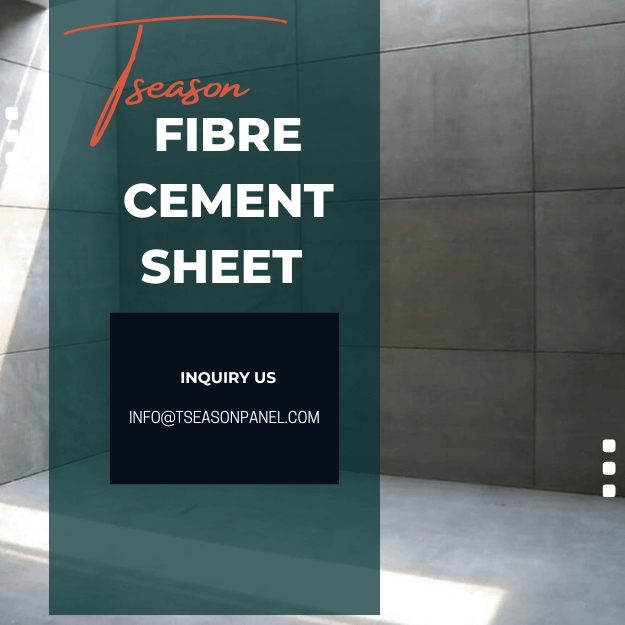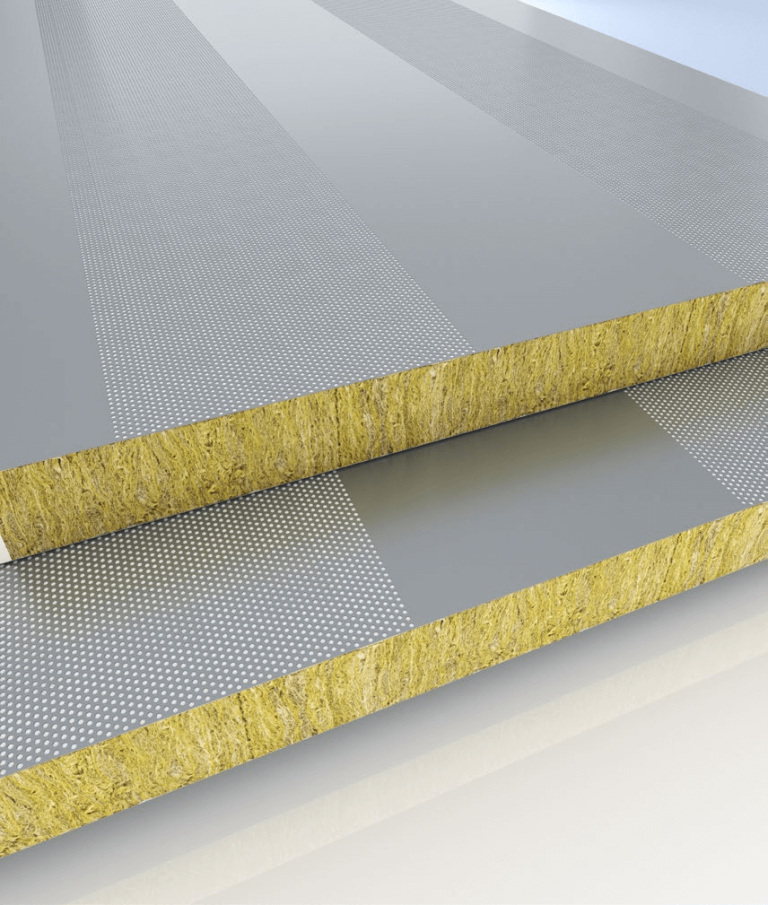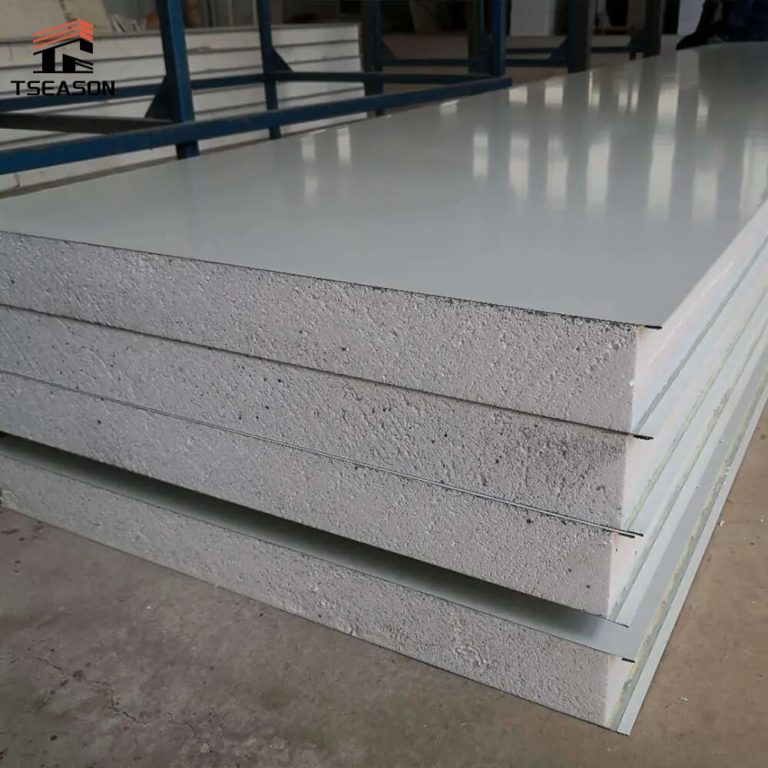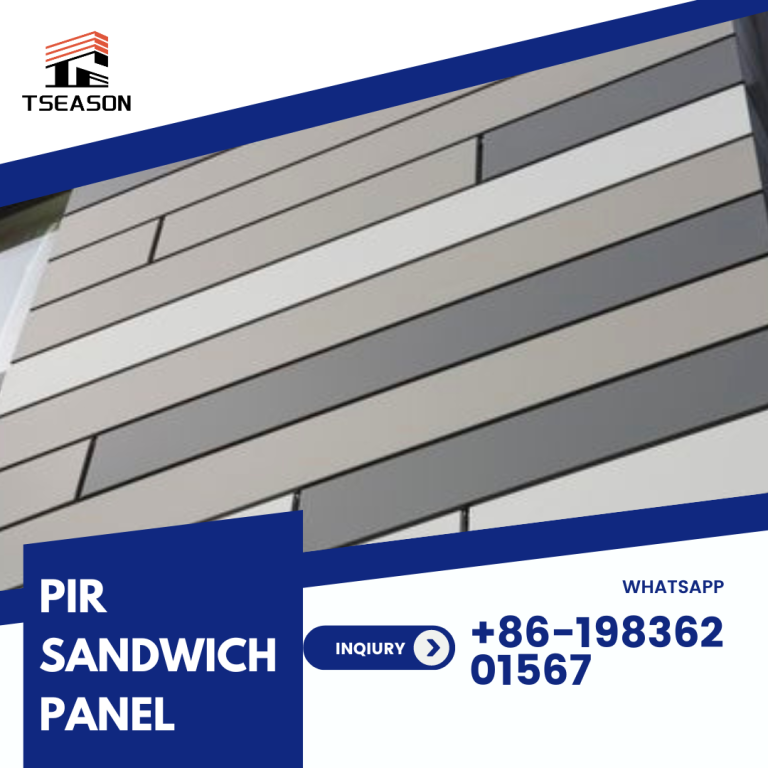The Benefits of Cementitious Fiber Boards in Modern Construction
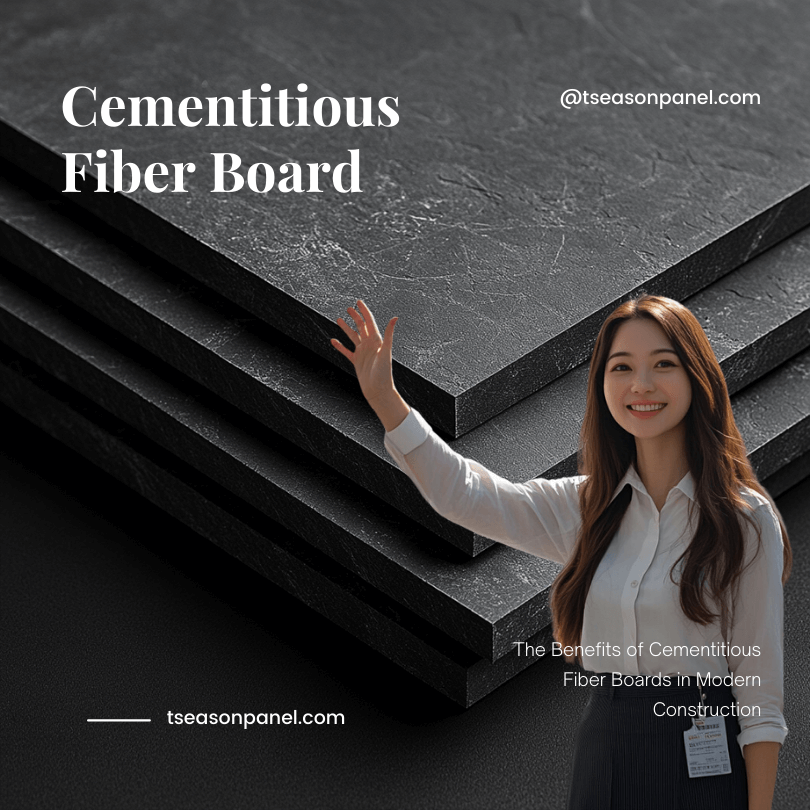
Cementitious fiber boards have many advantages and characteristics that make them highly regarded in the construction industry. Here are some key features of cementitious fiber boards:
Strength and Toughness
The incorporation of cellulose fibers, such as wood, glass, or other synthetic fibers, provides cementitious fiber boards with high tensile, impact, and crack resistance, significantly enhancing their strength and toughness.
Fire Resistance
Cementitious fiber boards exhibit good fire resistance due to the inorganic fillers and components. Some achieve excellent fire ratings under various processing conditions and compositions.
Moisture Resistance
Cementitious fiber boards' composition offers strong moisture resistance, making them suitable for high-humidity environments. Their moisture resistance surpasses ordinary cement boards, making them ideal for humid areas such as bathrooms and kitchens.
Lightweight and Durable
While maintaining high strength and stability, cementitious fiber boards are relatively lightweight. This convenience reduces the load pressure on structures during installation.
Easy to Process and Install
Cementitious fiber boards have good plasticity and workability, making them easy to cut, drill, and install, facilitating construction.
Sound Insulation
Cementitious fiber boards provide some sound insulation, outperforming ordinary cement boards. This quality makes them highly valuable in noise-sensitive environments such as offices and hotels.
Environmental Performance
Cementitious fiber boards generate less waste than wood, increasing resource utilization. Additionally, their long lifespan helps reduce material waste.
Versatility
Cementitious fiber boards are suitable for various building environments, whether for new constructions or renovations of old buildings, allowing for flexible application.
Given these numerous advantages and characteristics, cementitious fiber boards have significant application value in the construction industry. However, to achieve optimal results when selecting and using cementitious fiber boards, it's essential to consider the project's specific needs and conditions.
Having explored the benefits and characteristics of cementitious fiber boards, let’s turn our attention to some potential drawbacks and solutions to help you make a more informed decision:
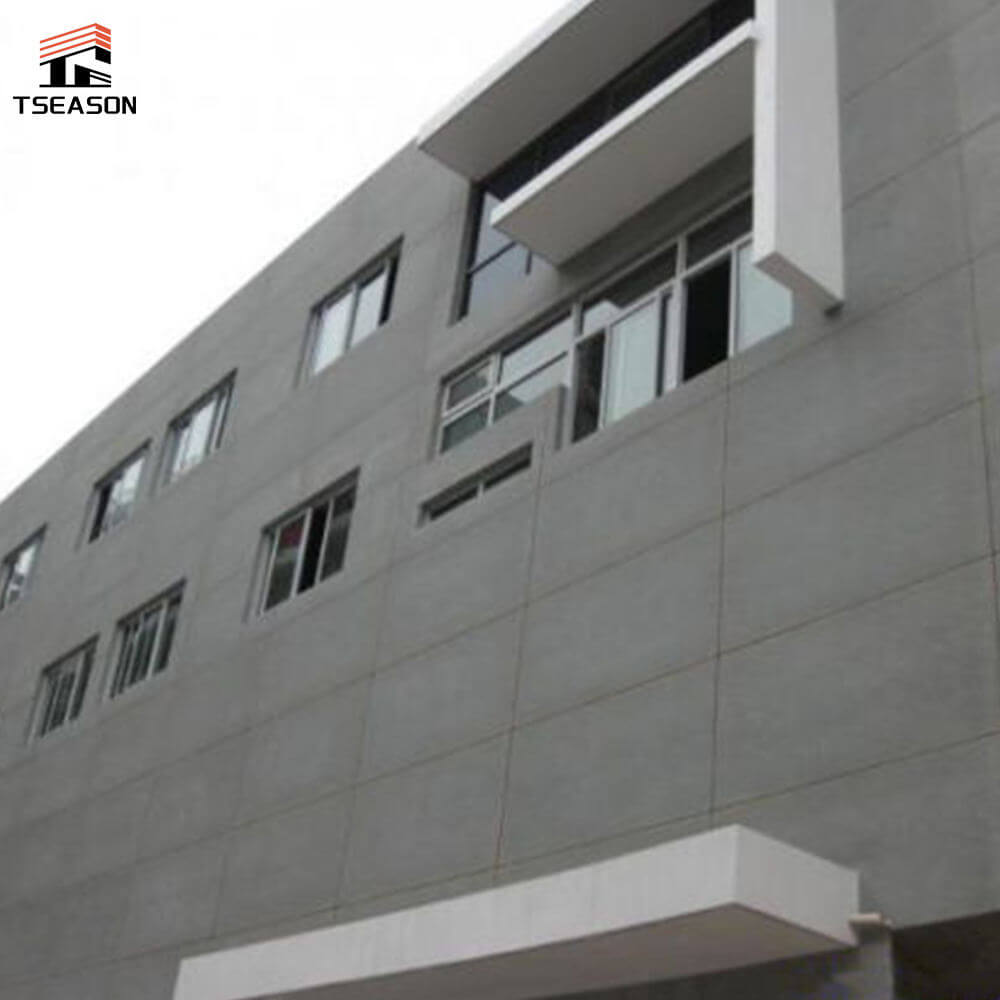
Cost
Although cementitious fiber boards offer multiple advantages, their price may often exceed that of ordinary cement boards. It's crucial to consider the project budget and cost-effectiveness when choosing materials.
Color Variation
Cementitious fiber boards may vary in color during production. To ensure a uniform appearance, it is advisable to compare the boards' color consistency during selection.
Installation Considerations
While cementitious fiber boards are relatively easy to install, the correct installation methods are essential to avoid future issues. Additionally, professional installation may be necessary due to the specific characteristics and limitations of cementitious fiber boards.
Cracks and Fissures
Despite their good crack resistance, proper construction methods and maintenance during installation are still important. Adhering to professional guidelines and building codes is essential to ensure the safety and stability of the materials.
Overall, cementitious fiber boards' advantages make them highly valuable materials in the construction industry. However, knowing their potential limitations and special considerations during actual application is essential. Understanding the material's strengths and weaknesses and how to maximize its performance will help you achieve the best results in your projects.
